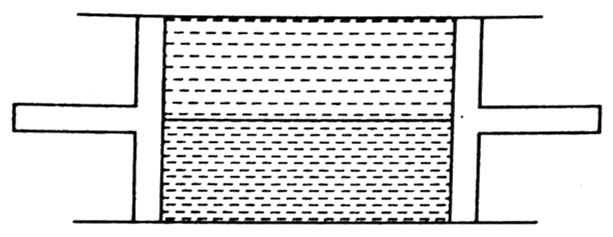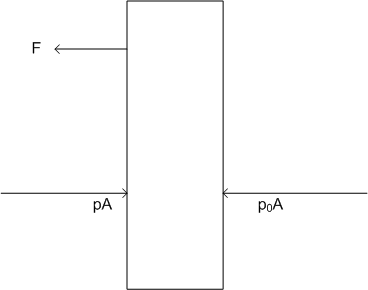Two 20 g flatworms climb over a very thin wall, 10 cm high. One of the worms is 20 cm long, the other is wider and only 10 cm long. which of the following statement is correct regarding them?
20 cm worm has done more work against gravity
10 cm worm has done more work against gravity
Both worms have done equal work against gravity
Ratio of work done by both the worms is 4:5
B.
10 cm worm has done more work against gravity
The work done against gravity can be calculated from the increased in height of the centre of mass. The centre of mass of a worm folded in two is located at the middle of either half, i.e., at a point one-quarter of the worm's total length from one end.
Thus, the centre of mass of the narrow flat worm travels 5 cm up the wall; while that of the broad worm moves 7.5 cm. Hence, work done by 10 cm worm is more against gravity. Also, the ratio of the work done is 2:3.







